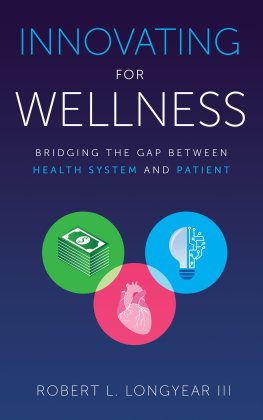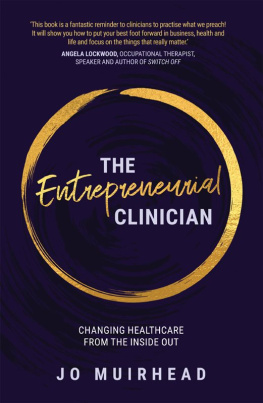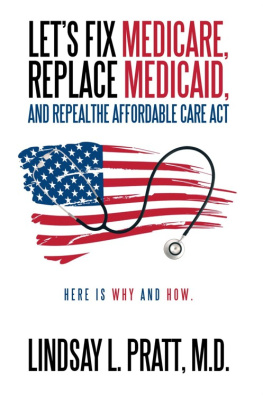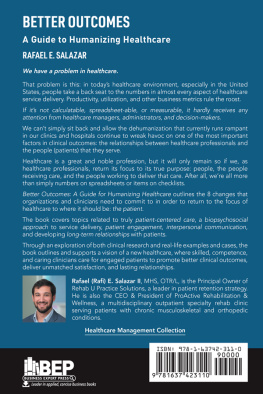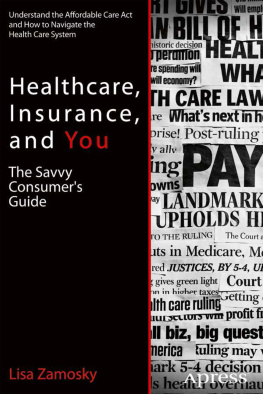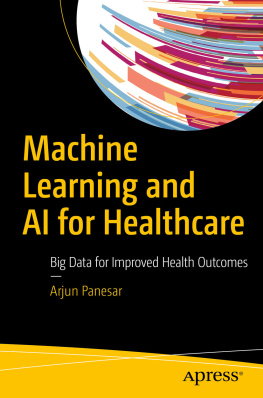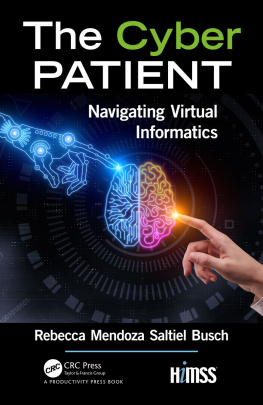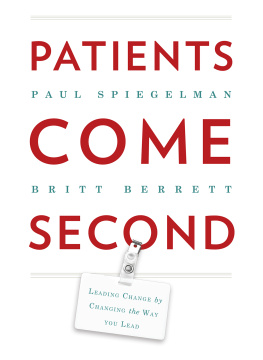Innovation distinguishes between a leader and a follower.
Introduction
So, basically, you guys solved healthcare, I said with a bit of disbelief in my voice.
I said these words to Taylor Justice, a man with an incredible story. He attended West Point and was later commissioned as an Infantry officer in the US Army. Within two years of his military career, he was injured and his whole world flipped upside down. Transitioning from the military into the civilian world was tough, Taylor reflected. I was in survival mode at the time, but my West Point network helped me find a job at a medical device company in sales.
So, Taylor was able to find a position where he could enter the civilian world and little did he know, at that time, he was destined to co-found one of the most innovative healthcare technology companies in the countryone that is helping drive change for the costliest and deadliest issues in America.
* * *
Before I ever spoke to Taylor, while I was still deep into my degree in healthcare management and policy at Georgetown University, I was looking for the next step in my life. I learned quickly and early in my college career, that, despite years of claiming that medical school was my end-goal, I no longer actually wanted to go to medical school. I knew I was deeply, and very personally, passionate about healthcarebut I was not quite sure what I wanted to do, or where I wanted to position myself in the vast industry. But, like many other students looking to continue exploring before specializing, I ended up very interested in healthcare consulting.
Before this, though, when I was looking for which area of healthcare I wanted to be in, I had sent a few applications for fun to a couple select start-up companies that had the potential to really flip healthcare on its head. I was batting a bit out of my league on these applications, but I figured it was worth a shot. I didnt get contacted about a job at that time, but little did I know that I would find myself not only interacting with one of those companies through this book, but leading one myself. And now, as a result, I have spent six months trying to solve some of the most challenging problems faced by healthcare today, through the use of mobile technology.
One of those companies I applied to was Unite Usa technology company that connects social service providers, or community-based organizations (CBOs, as they have come to be called in the health policy space) and healthcare providers through a shared platform to better coordinate and manage their services for people in need. As I began this book journey and desired to focus on technology, I knew that I needed to try and talk to someone at Unite Us. Thats when I sent Taylor Justice, Co-Founder and President, a hopeful LinkedIn message trying to set-up a phone callI got lucky and Taylor was kind enough to provide me with that opportunity.
Shortly after entering the civilian workforce, Taylor volunteered with a national veterans organization and started their local chapter in Philadelphia. The organization helped veterans and military families connect with their local communities via physical fitness and social activities. Fueled by his own experience and passion for helping his fellow military brothers and sisters, he began to notice that many veterans attending these events had several co-occurring social issues that required additional support outside of what his organization could facilitate. He realized the population was fairly heterogeneous despite many social programs treating the people they serve as very homogenous when it came to social needs. Taylor began to organize and support these individuals by connecting them to organizations he knew in the community, using an Excel spreadsheet to try and manage his workflows.
During this time, Taylor found a new job with a technology company and enrolled in the Executive MBA program at Columbia Business School. Thats where he met his Co-Founder, Dan Brillman (a veteran himself), and the foundation was laid for Unite Us. Their first meeting lasted five hoursthere were subsequent conversations that lasted even longer. The pair shared a knack for technology, business acumen, and a passion to connect veterans effectively to the social services they need. Seven years later (and several iterations of the platform), Unite Us is transforming the delivery of social services not only for veterans, but for all populations.
While this seems like a giant task to undertake, solutions from Unite Us are decidedly simple and intuitive. The coding, product features, and technology may be complicated, but the functionalityonce you understand itmakes you hit yourself on the forehead while uttering a resounding, Well, duh, why didnt I think of that? As, often, the best innovations do. Not only is this true about Unite Us product, but, like many truly innovative solutions, the actual solution to the problem is often very small, but with a huge effect.
The innovation process begins with the identification of a problemthis often comes from an individuals lived or professional experience. This process doesnt work very well. It would be so much more efficient if this happened. What if we did it like that? I think I can do this faster and better. This is so messed up. These are the types of thoughts that often preclude a successful innovation.
* * *
What Taylor and his team did may change the face of healthcare moving forwarddespite first operating in the sphere of social services. To better understand what happened, we first need to walk through a brief background of social services and community-based organizations in the United States.
Let us imagine, for a moment, that we are living in a small community called Smallville. In Smallville, there are people of different demographics and socioeconomic statuses. For people who are impoverished and disadvantaged, there exist organizations to help: homeless shelters, food banks, soup kitchens, job training programs, community health centers, religious aid organizations, government social service agencies, emergency departments at hospitals, etc. These organizations do wonderful things by providing services to the people that need them.

